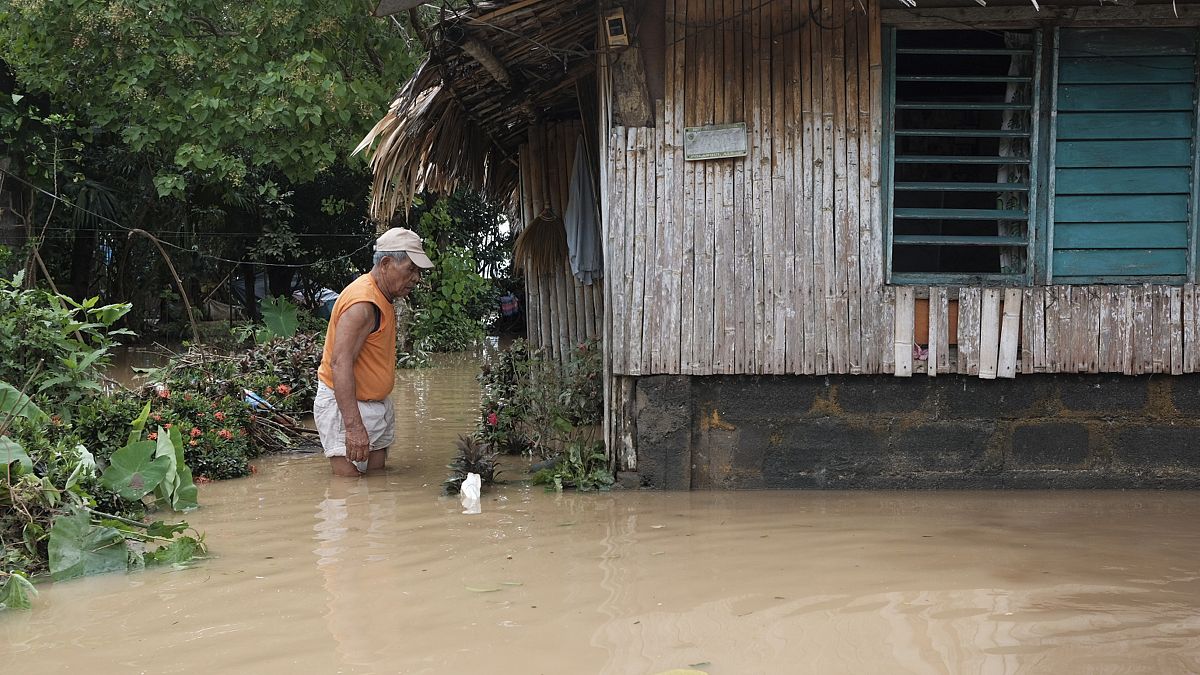Heavy rainfall from tropical storm Trami has led to devastating flooding in the eastern Philippines, resulting in the loss of one life and leaving seven people missing. As a result, schools, government offices, and ferry services in the affected areas have been closed to ensure the safety of the public. This incident underscores the vulnerability of the Philippines to natural disasters due to its location in the “Pacific Ring of Fire,” a region known for volcanic eruptions and earthquakes.
The Philippines is no stranger to natural disasters, with its location in the “Pacific Ring of Fire” making it one of the most disaster-prone countries in the world. In recent years, the country has been hit by numerous typhoons, earthquakes, and volcanic eruptions, leading to loss of life and widespread destruction. The government has been working to improve disaster preparedness and response efforts, but the frequency and intensity of these disasters pose significant challenges.
The recent flooding caused by tropical storm Trami serves as a reminder of the urgent need for better disaster preparedness and mitigation measures in the Philippines. Climate change is expected to increase the frequency and intensity of extreme weather events, making the country even more vulnerable to natural disasters. It is crucial for the government to invest in infrastructure, early warning systems, and community preparedness to minimize the impact of future disasters.
In the aftermath of the flooding, search and rescue operations are underway to locate the missing individuals and provide assistance to those affected by the disaster. Local authorities are working with emergency response teams to provide relief and support to the affected communities. The resilience and spirit of the Filipino people are being tested once again, but the country is coming together to overcome this latest challenge.
As the Philippines continues to grapple with the aftermath of tropical storm Trami, international aid and support may be needed to help the country recover and rebuild. The global community has a role to play in assisting countries like the Philippines in their efforts to address the impacts of natural disasters and build resilience to future challenges. By working together, we can help ensure the safety and well-being of all those affected by these devastating events.
In conclusion, the recent flooding in the eastern Philippines caused by tropical storm Trami highlights the urgent need for improved disaster preparedness and mitigation measures in the country. As one of the most disaster-prone nations in the world, the Philippines faces significant challenges in addressing the impacts of natural disasters. However, by investing in infrastructure, early warning systems, and community preparedness, the country can better protect its population and build resilience to future disasters. The international community also has a role to play in supporting the Philippines and other vulnerable countries in their efforts to address the impacts of climate change and natural disasters. Together, we can work towards a more resilient and sustainable future for all.











